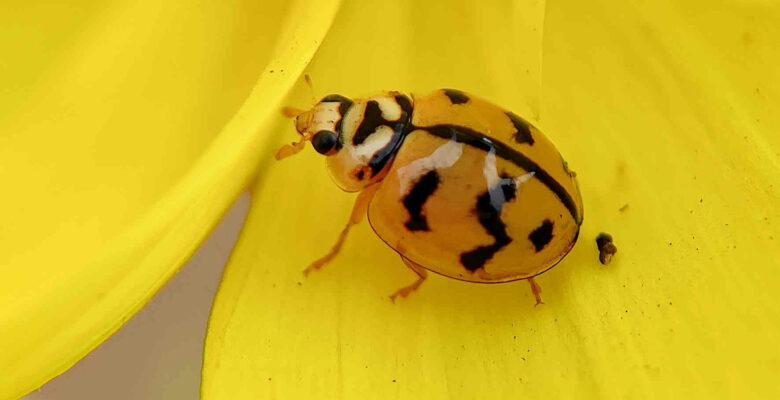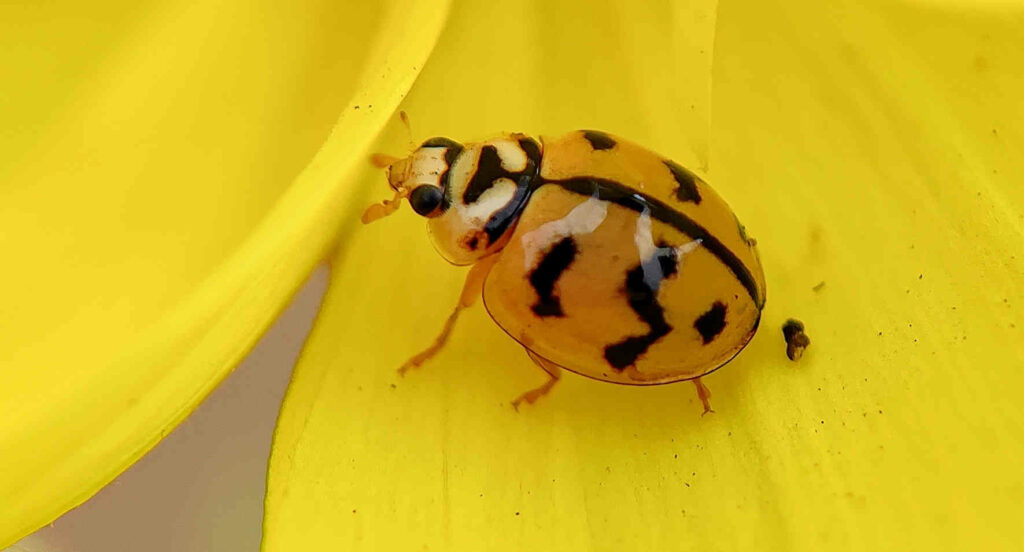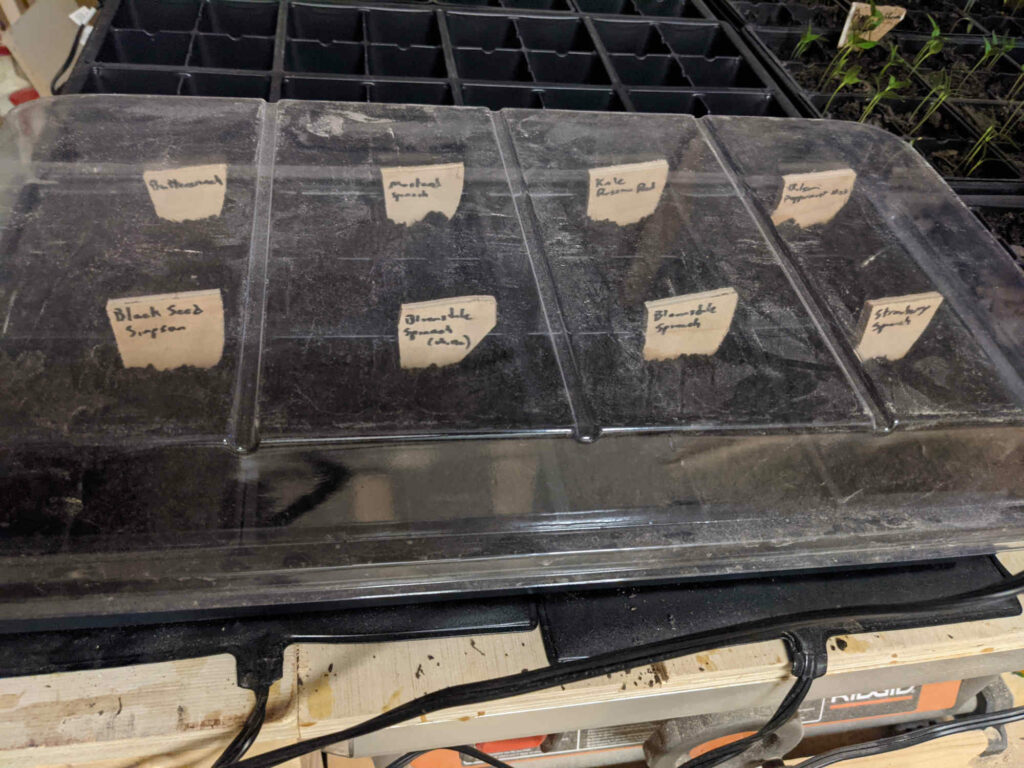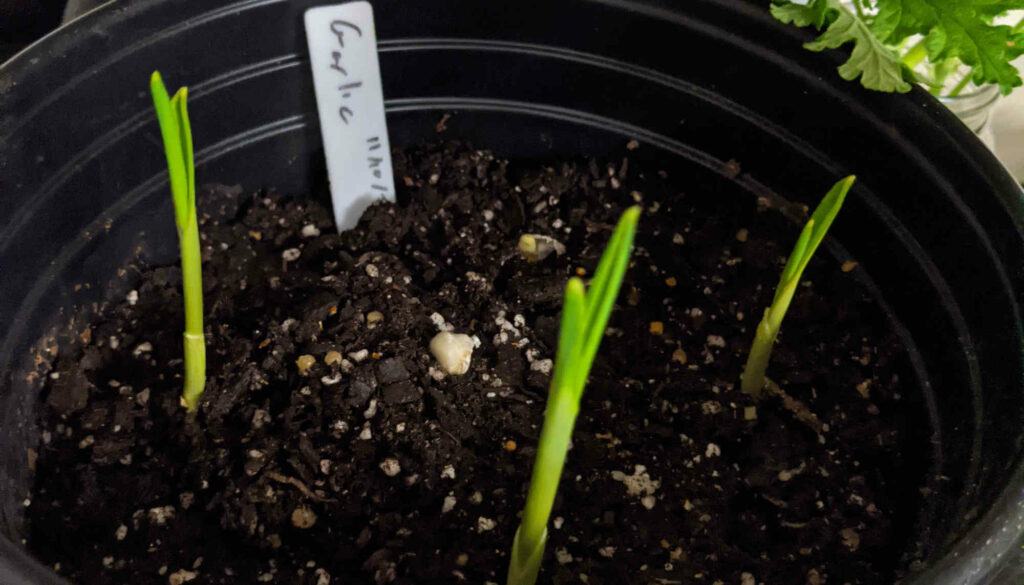Cucumber beetles are a common pest that can cause significant damage to cucumber plants. These pests can reduce yield, stunt growth, and spread plant diseases. However, there are several methods that gardeners can use to get rid of them and prevent them from causing further damage to their plants.
Identification and Behavior of Cucumber Beetles
Cucumber beetles are small, yellow and black beetles that feed on the leaves, flowers, and fruits of cucumber plants. There are two types: the striped cucumber beetle and the spotted cucumber beetle. The striped cucumber beetle has a yellow body with three black stripes, while the spotted cucumber beetle has a yellow body with twelve black spots.
They can lay their eggs on the underside of leaves or on the soil near the base of the plant. The eggs hatch into larvae that feed on the roots of the cucumber plant. These larvae can cause significant damage to the plant, making it more susceptible to disease and other pests.
Preventing Cucumber Beetle Infestations
Prevention is the key to getting rid of cucumber beetles. By taking a few simple steps, gardeners can reduce the risk of infestation and keep their cucumber plants healthy.
- Plant cucumber plants in a different location each year to avoid a build-up of cucumber beetle larvae in the soil.
- Use row covers to protect young plants from cucumber beetle infestations. Row covers are lightweight, breathable fabric that can be placed over the plants to prevent beetles from reaching them.
- Apply insecticidal soap or neem oil to the plants to repel cucumber beetles. These natural insecticides can be sprayed directly onto the leaves of the plants to kill beetles on contact.
- Remove any plants that show signs of infestation, such as wilting or yellowing leaves. Infested plants can attract more beetles to the garden, making the problem worse.
Controlling Cucumber Beetles with Companion Planting
Companion planting is the practice of planting two or more different types of plants in close proximity to one another to benefit each other. Some plants can help to repel cucumber beetles, making them a useful addition to any garden.
- Plant radishes near cucumber plants to repel cucumber beetles. Radishes emit a strong odor that can confuse and deter beetles.
- Plant marigolds around the perimeter of the garden to repel cucumber beetles. Marigolds contain a natural insecticide that can kill beetles on contact.
- Plant dill, fennel, or parsley near cucumber plants to attract beneficial insects that can prey on cucumber beetles. Ladybugs, lacewings, and parasitic wasps are all insects that can help to control cucumber beetle populations.
Using Chemical Insecticides to Control Cucumber Beetles
While natural insecticides are an effective way to control cucumber beetles, some gardeners may prefer to use chemical insecticides to eliminate the pests. It is important to note that chemical insecticides can have negative effects on the environment and may harm beneficial insects, such as bees and ladybugs.
If using chemical insecticides, gardeners should follow the instructions on the label carefully and apply the insecticide in the early morning or late evening, when bees are less active. Gardeners should also avoid applying the insecticide during windy conditions, as it can spread to other plants and harm beneficial insects.
Conclusion
Cucumber beetles can be a significant problem for gardeners who are trying to grow healthy cucumber plants. However, by taking a few preventative measures, gardeners can reduce the risk of infestation and keep their plants healthy. Companion planting, natural insecticides, and row covers are all effective methods for controlling cucumber beetle populations without the use of harmful chemicals.
It is important to remember that chemical insecticides can have negative effects on the environment and should be used with caution. Gardeners who choose to use chemical insecticides should follow the instructions on the label carefully and take precautions to avoid harming beneficial insects.
Overall, getting rid of these pests require a combination of preventative measures and careful monitoring of the garden. By taking a proactive approach to pest control, gardeners can enjoy healthy cucumber plants and a bountiful harvest.







Leave a Reply